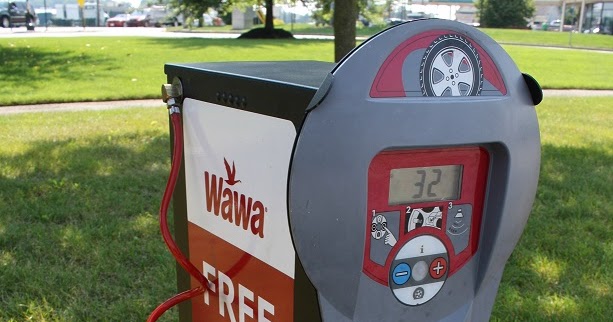CommonCentsMom.com is advertiser-supported: we may earn compensation from the products and offers mentioned in this article. However, any expressed opinions are our own and aren't influenced by compensation. The contents of the CommonCentsMom.com website, such as text, graphics, images, and other material contained on this site (“Content”) are for informational purposes only. The Content is not intended to be a substitute for professional financial or legal advice. Always seek the advice of your Financial Advisor, CPA and Lawyer with any questions you may have regarding your situation. Never disregard professional advice or delay in seeking it because of something you have read on this website!
Wawa is a well-known convenience store chain that sells a variety of items, including snacks, drinks, and other items. They are famous for their hot food, which includes items such as sandwiches, wraps, and soups. Wawa also sells other items such as frozen foods and beverages.
Wawa is a popular place to purchase food because of their great food selection and their friendly service. In addition to their great selection of products, Wawa also offers free air at a lot of their locations across the US. For people who are looking for a place to purchase food and get some free air for their tires while they’re at it, Wawa is a great choice.
What's the Benefit of Free AirYou might think to yourself, why would anyone need free air? Well, the truth is that there are a lot of reasons why people would want to get free air.
As you begin to reduce the cost of driving your car, you may want to find free air for your tires. By keeping your tires inflated, you can save on gas and your tires will last longer. You will also have a better driving experience.
The Average Household Income in the...
Please enable JavaScript
The Average Household Income in the United States
The cost of owning a vehicle is immense in itself. There are other expenses that you will have to pay: car payments, insurance, regular maintenance, and gas. It is possible that you will be spending several thousand dollars a year to drive your car.
There are other expenses that you will have to pay: car payments, insurance, regular maintenance, and gas. It is possible that you will be spending several thousand dollars a year to drive your car.
You also have the cost of putting air in your tires every month or so. This is why it is beneficial to get free air for your tires. It will save you money and help you keep your car in good shape.
Where to Get Free Air at WawaIf you are interested in getting free air for your tires, you should visit your local Wawa. There are a variety of different locations throughout the US, so you should be able to find one close to you. The Wawa brand is a rapidly expanding chain of gas stations and convenience stores. There are 800 locations, and all of them offer free air.
However, even if you typically associate Wawa with the Northeast, the chain has been making inroads in Florida for a long time. The gas stations that are currently operating are in New Jersey, Delaware, Pennsylvania, New Jersey, Virginia, Maryland, Washington, D. C., and Florida. All you would need to do is find the closest Wawa and take advantage of their free air.
C., and Florida. All you would need to do is find the closest Wawa and take advantage of their free air.
It is really quite easy. The first thing you would need to do is unscrew the cap on the tire. Then place the hose connection of the air compressor on the tire air portal. Afterwards, you need to fill the tube until it is filled to the desired psi. Then, lastly, put the cap back on.
You should not be worried about how long it takes to fill up your tires. As long as the whole process is done correctly, it usually takes less than 15 minutes to fill all four tires. This time includes how long it should approximately take you to drive down to the gas station.
(Visited 1,529 times, 6 visits today)
I’ve often cycled past gas stations and wondered whether it would be possible to fill up my bike tires using the air compressors that you see on every forecourt. So I decided to do some research to see if it could be done.
So I decided to do some research to see if it could be done.
The quick answer? Yes. But it comes with a large health warning attached. Why? Well, those air compressors aren’t regulated in the same way (or at all, in fact) like gas pumps are. So, unlike with gasoline, when you pump air using one of those compressors you can never be entirely sure how much air you’re going to get with each pull of the trigger. That’s fine if you’ve got a big car tire to inflate, but when you’ve got a more delicate bicycle inner tube then it can be very easy to pop it. If you’ve ever popped an inner tube through over-inflation you’ll know that it can give you quite a shock, both from the initial bang and then the lengthy walk home pushing your bike with the flat tire.
So, if you are stuck away from home with a deflated tire and your only option is to use a gas station pump, then first check that the attendant is happy for you to use it, and second, proceed with extreme caution. Remember that an under-filled tire is always better than a popped tire.
We’ll take a look at the methods of inflating tires with Schrader and Presta valves in a moment. We’ll then look at a couple of far superior options to ensure that you never have to risk using a gas station pump.
A better alternative to a gas station pump is the Pro Bike Tool CO2 Inflator. This ultra-compact tire inflator fits both Presta and Schrader valves, is super-simple to use and will get you back on the road FAST!
Recommendations | ||
CO2 Inflator DETAILS | Bike Pump with Gauge DETAILS | Presta Valve Adapter DETAILS |
First up, you need to determine what type of valve your bike tires have.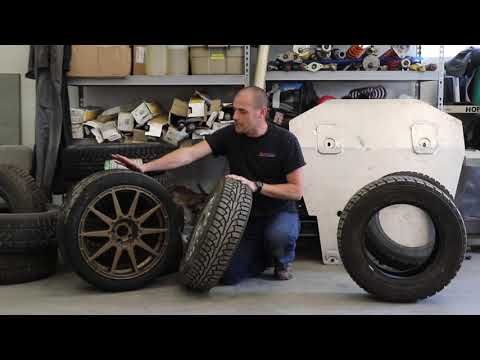 The valve is the metal tube that pokes through the wheel rim towards the center of the wheel. There are two main types: Schrader and Presta. Schrader valves are the same type as you get on car tires. Presta valves are longer and thinner and have a locking nut towards the tip. You’ll often see Schrader valves on mountain bikes and Presta valves on road bikes.
The valve is the metal tube that pokes through the wheel rim towards the center of the wheel. There are two main types: Schrader and Presta. Schrader valves are the same type as you get on car tires. Presta valves are longer and thinner and have a locking nut towards the tip. You’ll often see Schrader valves on mountain bikes and Presta valves on road bikes.
If you have Schrader valves then it is a much simpler process to inflate your tires using a gas station pump as the nozzle of the air hose will fit your bike tires:
Gas station air hoses are all designed to fit on to Schrader valves as this is what car tires have. If you have Presta valves on your bike tires you will need to use an adapter to sit between the air nozzle and the valve to give an airtight seal.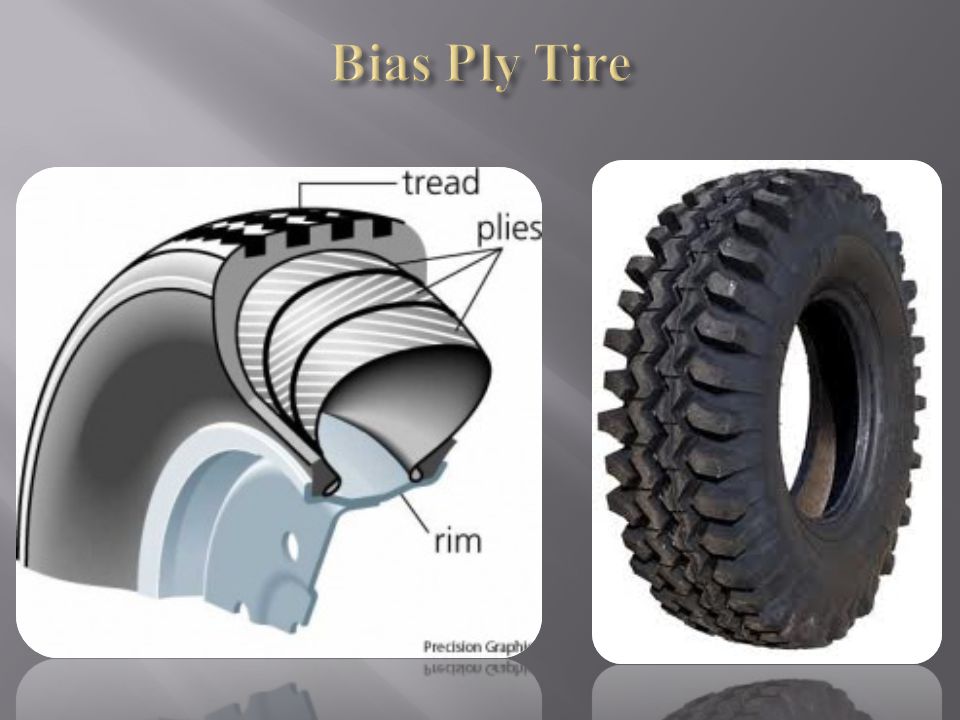 These adapters are not expensive, however, you will need to purchase one in advance as they are unlikely to be available for sale at the gas station when you need it.
These adapters are not expensive, however, you will need to purchase one in advance as they are unlikely to be available for sale at the gas station when you need it.
Buy one of these Presta valve adapters now.
Then keep it safe and ready to use, in one of your jersey pockets or tucked inside your bike saddlebag.
View Details
How to inflate Presta valve with adapterThese adapters are very easy to use. Just unscrew the dust cap, loosen the Presta valve locking nut and screw the adapter on over the tip of the valve. You’re then ready to connect the air hose nozzle and (very carefully) inflate your tire. When you’re done, remove the adapter (putting it back in its safe place), tighten the valve locking nut, and screw the dust cap back on.
We’ve seen that, with care, you can use gas station air pumps to inflate your bicycle tires. The trouble is that sometimes gas stations are few and far between. If you can’t rely on having a handy gas station when you need to inflate your tires, what should you do?
The simple answer is to take a pump with you.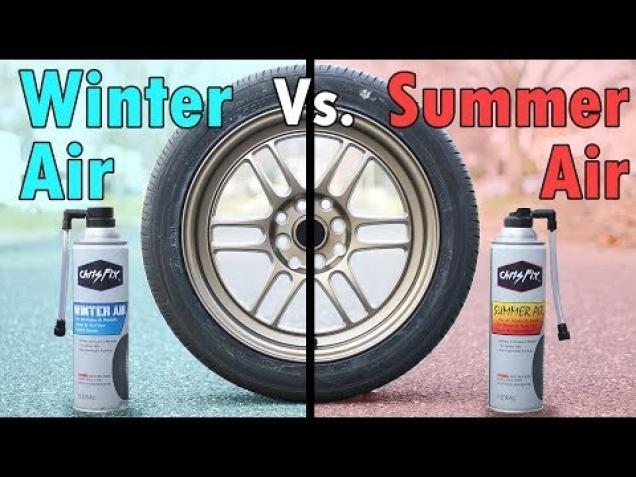 There are lots of different bike pumps available and many are very small and powerful. We’ll take a look at two of my favorite options now. One requires some manual labor. One uses the magic of an air compressor packed into a tiny travel size. Let’s take a look.
There are lots of different bike pumps available and many are very small and powerful. We’ll take a look at two of my favorite options now. One requires some manual labor. One uses the magic of an air compressor packed into a tiny travel size. Let’s take a look.
Topeak Road Morph Pump with Gauge
Back in the day, bike pumps used to be huge things that never seemed to blow out more than an asthmatic puff of air at a time. Thankfully those days are gone and we have fantastic bike pumps like this one.
It fits onto your bike frame with the included mounting system, so you’ll never forget to take it out with you. When you need it, it works with both Presta and Schrader valves and can inflate tires up to 140 PSI. Yes, that will take some work, and you’ll probably need a Coffee ‘n’ Cake stop shortly after to recover, but then you’ll be back on the road. One clever feature of the pump is its fold-out foot and handgrip – these make it comfortable and stable to use.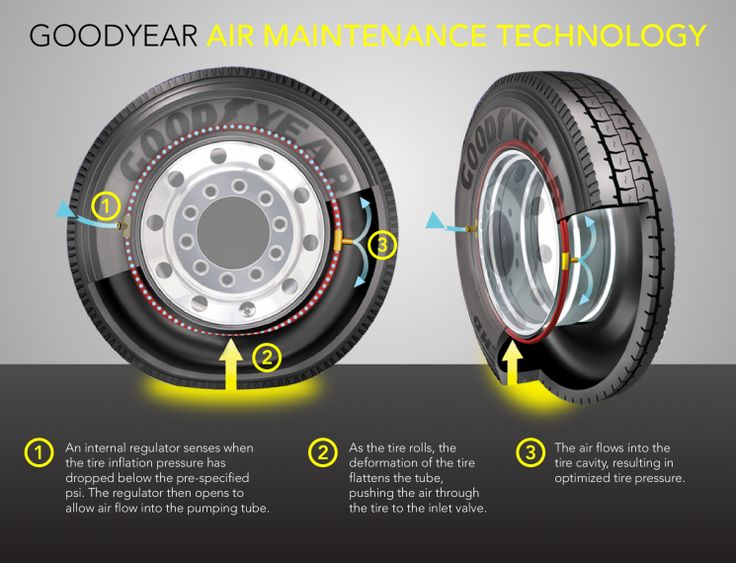
View Details
Pro Bike Tool CO2 Inflator
This is my absolute favorite piece of bike kit (possibly more than the bike itself…) This pump uses compressed cartridges of CO2 (available online or at local bike shops). These are used to blow air through the nozzle into your tires. One cartridge will inflate 1-2 tires fully, so I tend to take two cartridges and the nozzle when I go out on the bike. The kit is so tiny that you’ll forget you’ve got it with you (until you need it) and it won’t interfere with the snack-carrying capacity of your jersey pockets.
The air nozzle is easy to use and works with both Presta and Schrader style valves and replacement cartridges are easy and cheap to source online. Before I got one of these I wondered how good they would actually be. Earlier this year as I was inflating a tire in the middle of a mud bath in the midge-infested Scottish Highlands, I congratulated myself again for buying one of these. Inflation took a few seconds, there was no tiresome pumping, and I was away again pedaling to escape the flying beasties.
Inflation took a few seconds, there was no tiresome pumping, and I was away again pedaling to escape the flying beasties.
View Details
So, we’ve seen that, yes, it’s possible to pump up bike tires using a gas station air pump. I wouldn’t advise it though, because of the risks, so use it only as a last resort.
If you’ve got Schrader valves, then you’re good to go as these are the same valves as car tires have. If you’ve got Presta valves then you will need to buy an adapter beforehand.
There are better alternatives to gas station air pumps though. Ones that you can use on the many miles of road where there isn’t a gas station to be found for miles. These are designed to be used on bike tires so are safer to use.
If you’d like more detail on the difference between Schrader and Presta valves and a look at how the Presta adapters fit, then check out this video:
Happy cycling!
Optimum tire pressure is a guarantee of the safety of car passengers, as well as a guarantee of tire durability.
The car must be “cold”, that is, before the measurement, the car’s mileage must be less than a couple of hours, the vehicle must travel no more than 2 km.
When you need to measure the pressure urgently, subtract 0.3 bar from the measurement. The operation should be carried out before every big trip and more often than once every 30 days. It is important not to forget about the spare wheels: they also need to check the pressure level. The optimal level varies, so it’s worth asking the manufacturer for the exact figure, and it wouldn’t hurt to find the instructions for the car and look there. The value can be marked on the body compartment, gas tank and side pillar.
It all depends on the weather and operating conditions. The nominal mark varies, for example, on how warm or cold it is outside the car. Drops in winter have a strong effect, so experts recommend adding 0.2 bar to the measurement result to objectively determine the pressure level.
If the pressure level on the front axle is less than the nominal one, then this will change the handling: the wheels will turn poorly. Incorrect pressure in the rear will cause the car, on the contrary, to move too sharply. Slip on wet pavement appears due to a decrease of 0.5 bar, since the contact of the tire with the road becomes less. A level of 2 atmospheres will lead to full contact. The lower the contact, the greater the risk. Therefore, the pressure affects the quality of the ride.
In addition, the lower the level of inflation of the wheels, the greater the consumption of gasoline, and this promises financial losses. Too much pressure increases tire wear. Therefore, do not underestimate the importance of maintaining the pressure level set by the manufacturer. This can lead to a car accident.
The ability of a tire to withstand loads is directly related to pressure. If the pressure is low, do not overload the car. When determining the optimal level, you do not need to focus solely on the tire load index.
When determining the optimal level, you do not need to focus solely on the tire load index.
Raising the level is permissible if it is necessary to increase the carrying capacity of the car. But for most cars, this is dangerous by the rapid destruction of tires. For trucks, special tires are sold that provide an additional degree of protection. They have a special designation: XL, Reinforced or "C".
The ability to accelerate the car depends on the inflation of the tires. To increase the speed, the pressure is increased. The ZR index on the tire indicates that with such a tire you can reach speeds of up to 245 km per hour. But we advise you to contact the manufacturer for details and clarify this indicator.
A pressure of 3.2 atmospheres is optimal for tires with a T marker. An increase of this figure by 0.3 atmospheres is suitable for tires marked H, W, V, Y, ZR. Exceeding these figures is dangerous in many ways. Adequate pressure ensures proper weight distribution and longer life.
Adequate pressure ensures proper weight distribution and longer life.
When the nominal pressure in the tires is lowered, the wear resistance becomes less because heat begins to be generated. Because of this, overheating and destruction occurs. Pressure below normal leads to a deterioration in indicators such as the ability to maneuver and elasticity.
Note that tire pressure is an important property that must be monitored. Failure to pay attention to a detail that is so important for safety can lead to damage to the vehicle and to an accident. It should become a good habit for the driver to maintain the correct level.
Do not try to determine the pressure yourself. Use a manometer. This device will accurately measure the indicator. For a novice car enthusiast, it is not easy to realize the level of pressure by internal sensations, it is important to contact the salons and ask to pump up the tires. A decrease in temperature by 8 degrees entails a decrease in pressure by 0. 1 atmospheres.
1 atmospheres.
Don't underestimate the importance of tire condition. The life of people sometimes depends on the strength and wear resistance of wheels. In this regard, it is necessary to properly care for the tires.
As already noted, incorrect pressure can cause poor handling and tire damage. Let us remind you once again of the importance of checking the pressure on a car that has traveled no more than 2 km on the day of the control.
Is there a valve cap? If not, then the nipple will be prone to contamination. Check tires for cuts, cracks, holes or bulges. All this speaks of dilapidation. There should be no foreign objects, including wires and glass. Remember that a tire with such damage is not suitable for use. Do not bring to the destruction of the tire on the go.
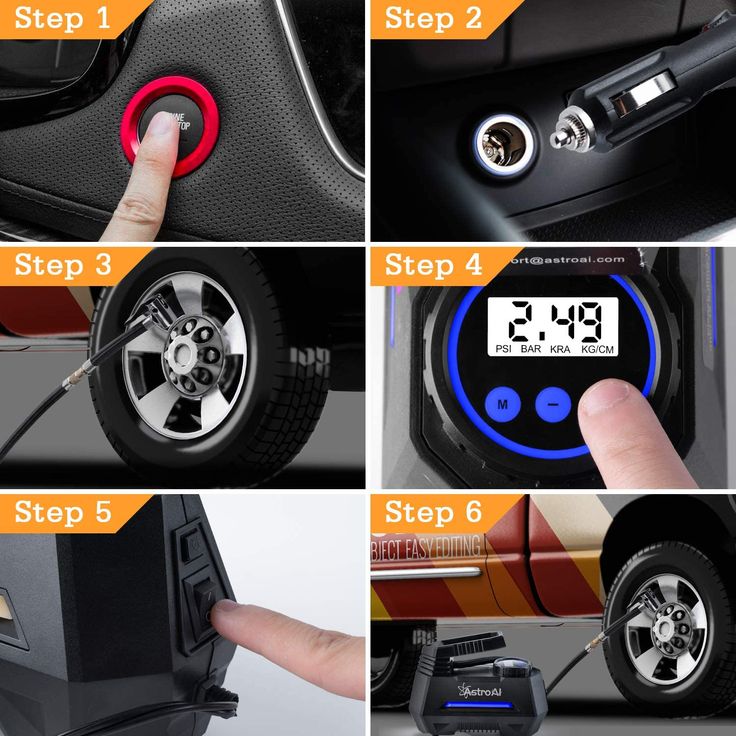
Wear leads to breaks. There is a fear of losing control when driving through puddles. Keep track of the remaining tread height. According to the traffic rules, it is forbidden to use a car whose residual height of the pattern is less than 1.6 mm (for cars), 1 mm (for trucks) and 0.8 mm (for motorcycles).
For winter tires, the minimum residual tread depth is 3-4 mm. When the tire is used for too long, there is a danger that the handling on the water will be worse.
For motorists with an aggressive style, tires deteriorate much faster. It is also worth taking into account the climate and features of the road surface.
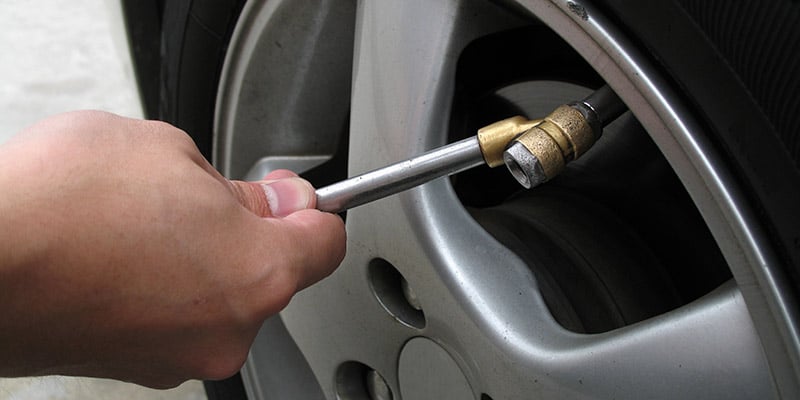
Proper inflation of the wheels and constant maintenance of the optimal level is the key to safe movement. Do not be too lazy to look in the instructions for what pressure should be in the tires. If in doubt, call the manufacturers or go to a car dealership where professionals will adjust the pressure.
Related materials
If I change wheels, do I need to balance them every season?
Inflating a tire in the city is not a problem. There will always be a thrifty car enthusiast nearby who will lend a compressor. In extreme cases, you can drive to the nearest auto parts store and buy this useful device. But if the need to pump up the wheel caught on a long journey, on a deserted track, you will have to use your ingenuity.
A very banal way is to turn to professionals, that is, truck drivers. The fact is that any truck with pneumatic brakes can supply dried and purified air with high pressure through a hose that a thrifty truck driver always has with him.
Many gas stations now have tire inflation points, and perhaps the easiest way is to hitch a wheel to it and then return to your car in the same way. If all of the above did not work, then read about the tricks that we personally tested for effectiveness:
Attaching a can (any) to the nipple is not so difficult. The pressure inside the cylinder is 1.8-2.8 bar. It is important that the contents do not dissolve the rubber and do not harden, such as building foam.
Here, of course, compressed air canisters are good for blowing, for example, office equipment. But the inner volume of a wheel of a small class car is about 20-25 liters. For pumping, you will need several boxes of cans. Unacceptably!
It is possible to connect the tire valve to the brake master cylinder connection after draining the reservoir. After that, we begin to press the brake pedal in the same way as is usually done when bleeding the brakes when replacing the brake fluid. To inflate the wheel, it will take a gigantic number of clicks. Unacceptably!
To inflate the wheel, it will take a gigantic number of clicks. Unacceptably!
Connect the hose to the air path after the turbocharger. The boost pressure in the line between the compressor and the intake valves of conventional (non-sport) engines is not enough to inflate the wheel. No matter how you gasp - unacceptable!
Advanced car enthusiasts know the method of transferring the bead ring over the rim hump using fuel vapor explosion. The Internet is full of videos on this topic.
It is usually advised to unscrew the spool from the valve. I wonder what will happen if this is not done? We need to keep up the pressure. We conducted an experiment and got an unsatisfactory result. With this method, it is possible to provide a very small pressure in the wheel - about 0.2 bar. The method really allows you to brilliantly cope with the task of transferring the sidewall through the hump, but it is not suitable for pumping!
 Fire extinguisher
Fire extinguisher And this is perhaps the most unusual way to inflate a tire. After conducting an experiment with a large 6-kilogram fire extinguisher, it was possible to raise the pressure by a completely ridiculous amount of a couple of tenths of a bar. And this despite the inverted spool. Everything around was covered with a rather nasty powder. Unacceptably!
The average car owner usually has a powder-type fire extinguisher in the trunk. A powder fire extinguisher of a rather large volume worked very badly. It was not possible to pump up the wheel.
The average car owner usually has a powder-type fire extinguisher in the trunk. A powder fire extinguisher of a rather large volume worked very badly. It was not possible to pump up the wheel.
If you can attach a hose to the exhaust pipe, then you can inflate the wheel in this way. The engine is able to provide a pressure of two or more bars with a sealed exhaust system and if you “give it a gas”. The method is acceptable, but only as a last resort. The fact is that with this method, the catalytic converter, and even the corrugation of the exhaust system, may suffer.
The method is acceptable, but only as a last resort. The fact is that with this method, the catalytic converter, and even the corrugation of the exhaust system, may suffer.
The most difficult thing is to achieve a tight joint between a thin hose and an exhaust pipe. A variety of caps from bottles, washers, water squeegees can go into business. What will be at hand. Electrical tape will help seal the connection.
The most difficult thing is to achieve tightness of the joint between the thin hose and the exhaust pipe. A variety of caps from bottles, washers, water squeegees can go into business. What will be at hand. Electrical tape will help seal the connection.
Related materials
If you want to pump up a wheel, jack up the car! Debunking the Myth
Using a hose, you can transfer part of the air from other wheels to the one we need to inflate.
***
Alternative ways to inflate tires are complicated, inconvenient, require advance preparation and can damage your vehicle. Therefore, we advise you to always have a serviceable and inflated spare tire. And just in case, you should carry a portable electric compressor with you. It will be useful not for yourself, but for a less thrifty car enthusiast.
